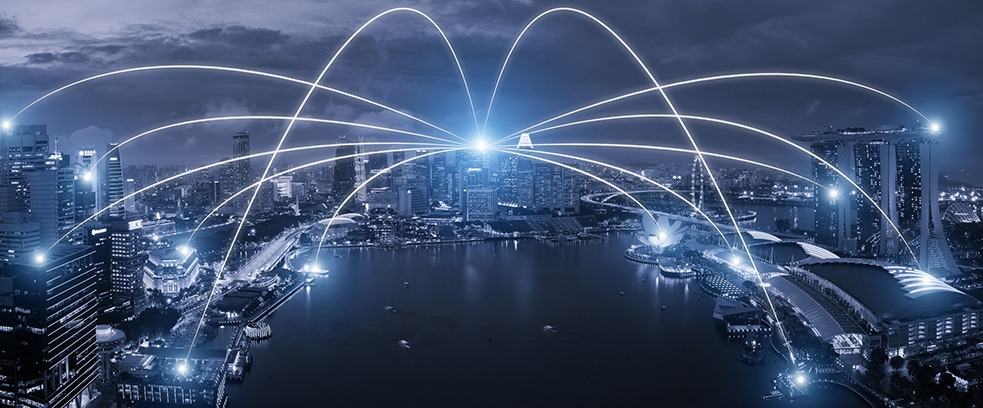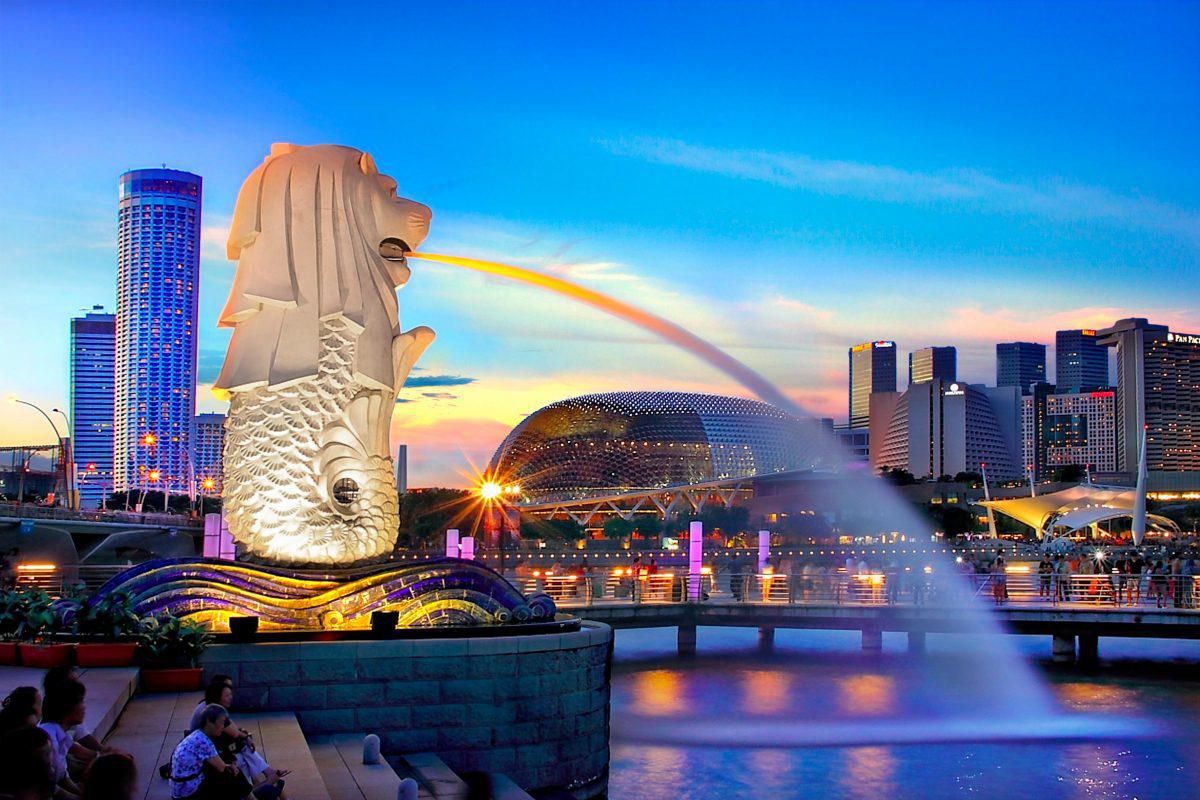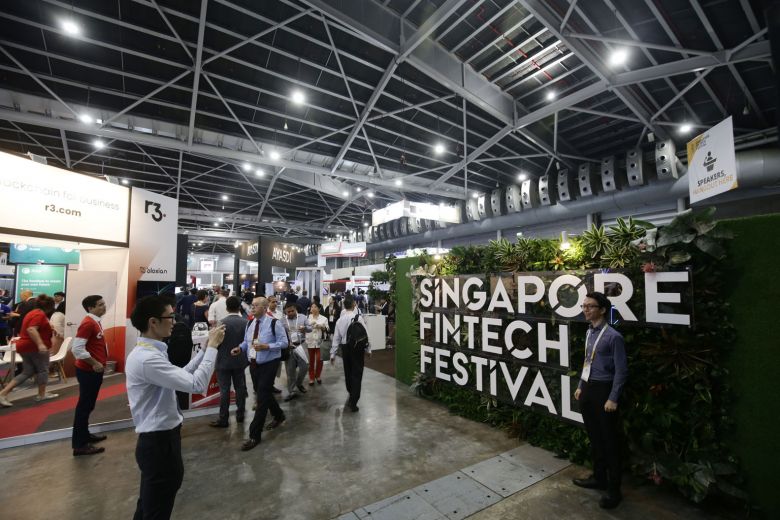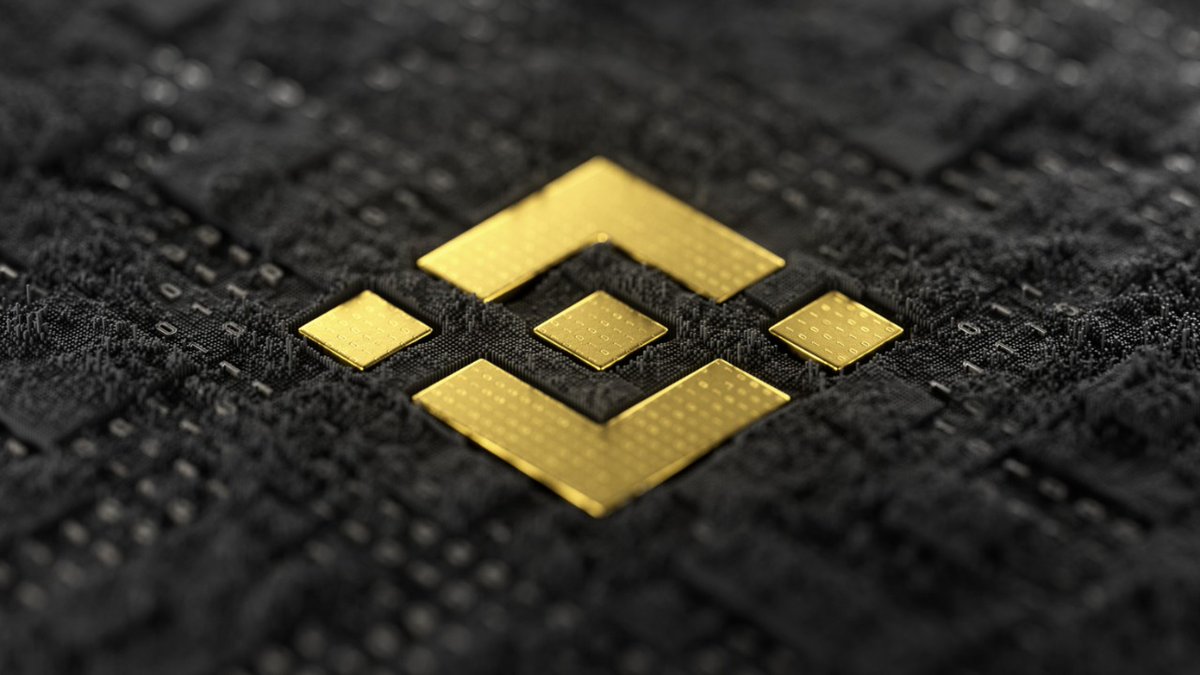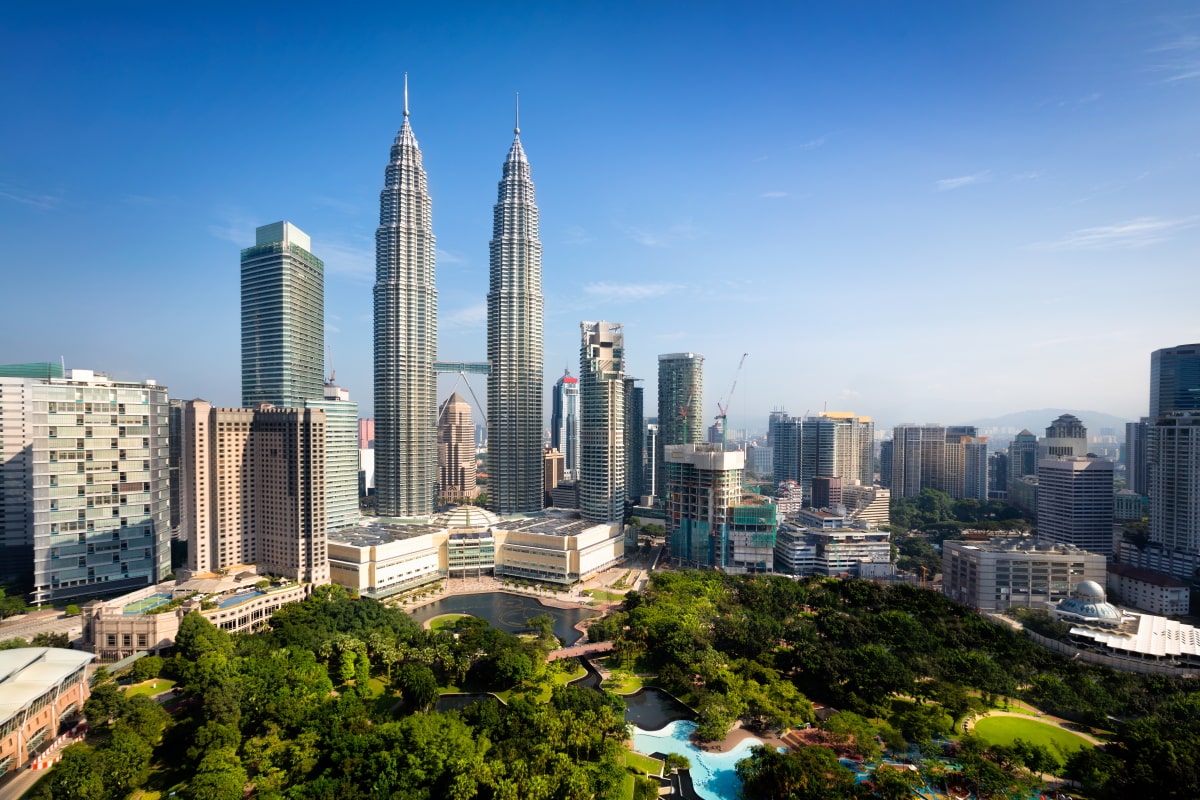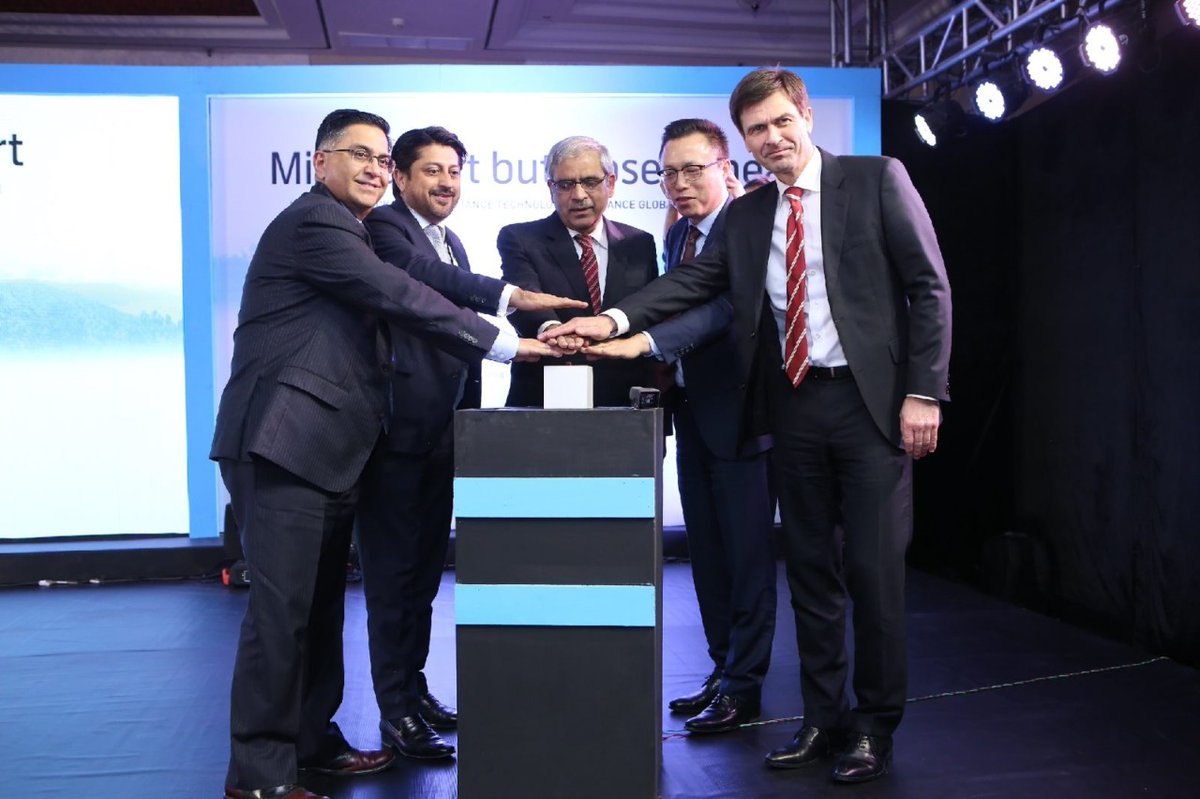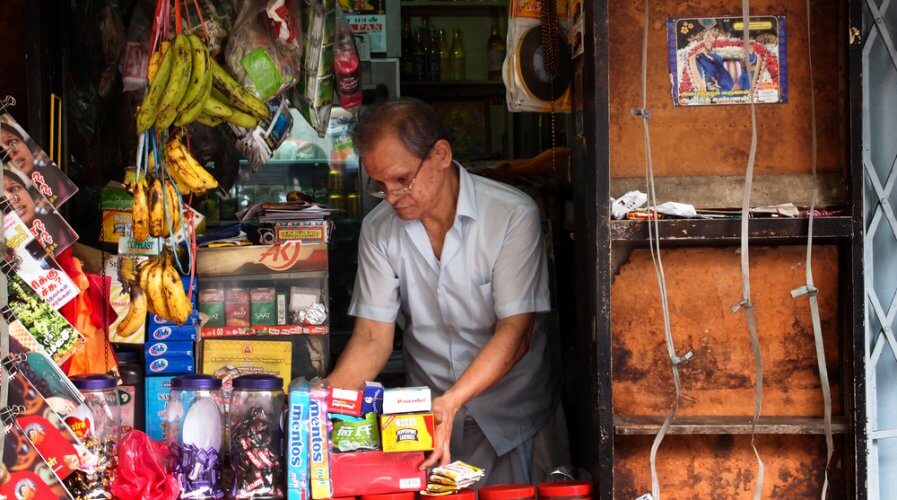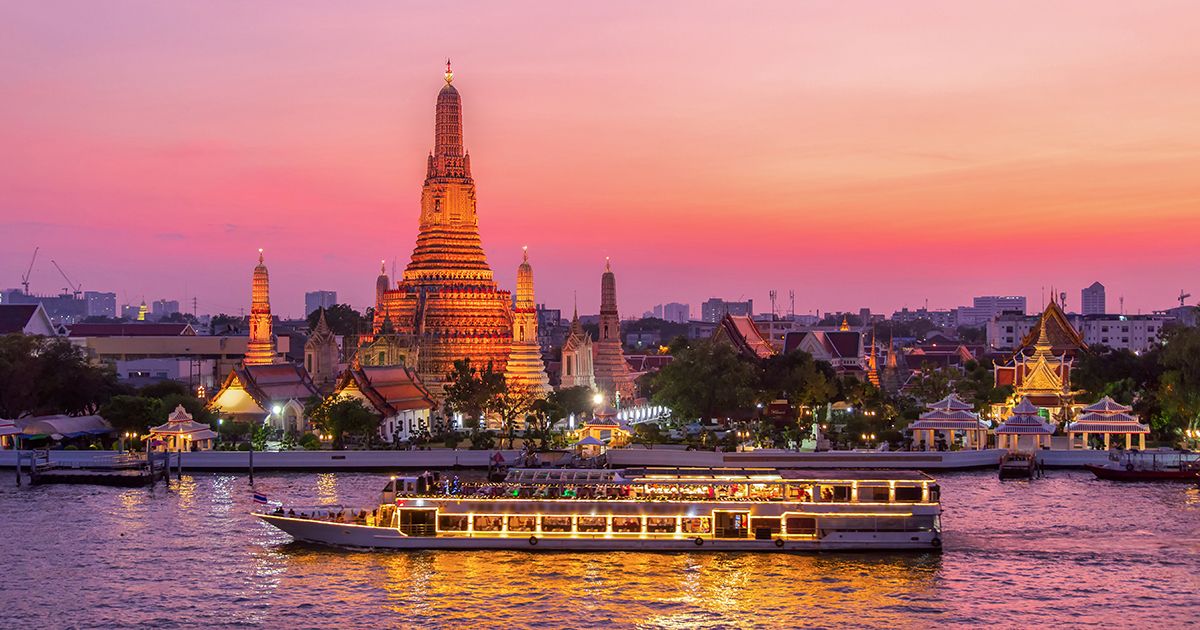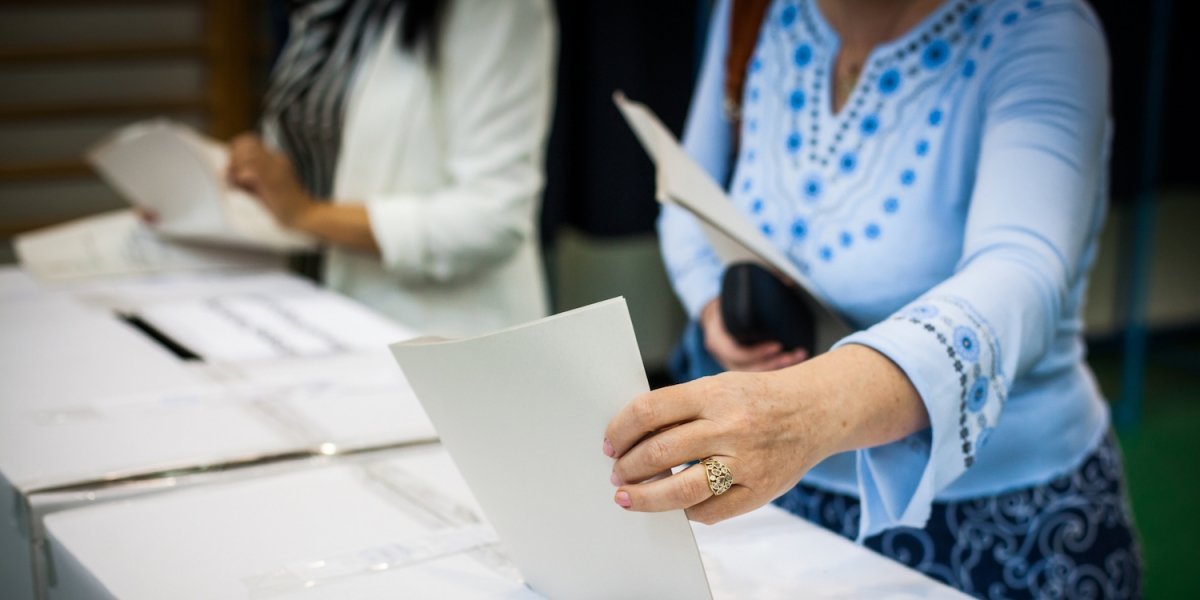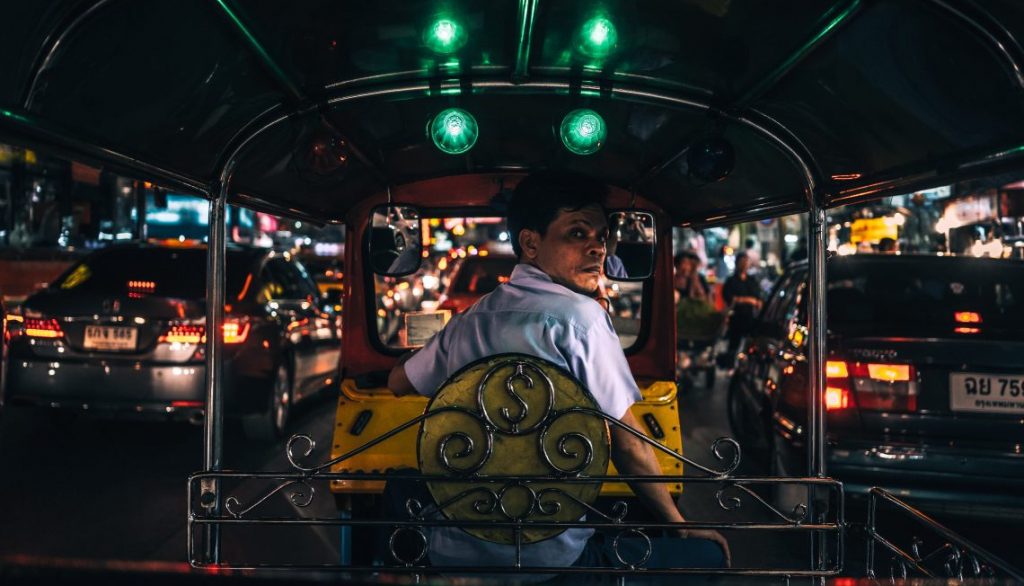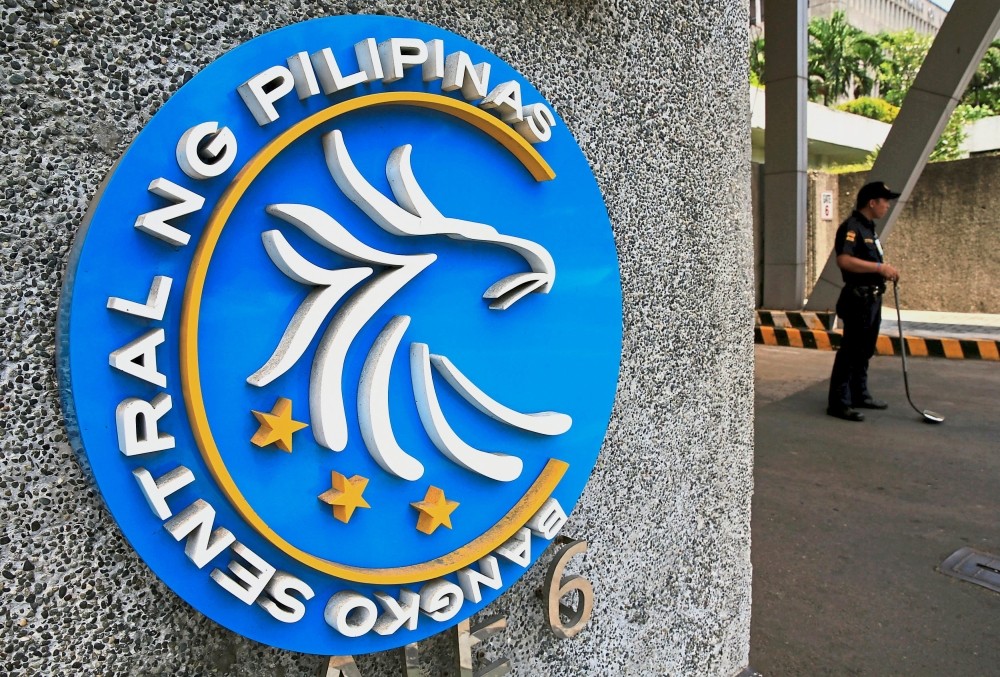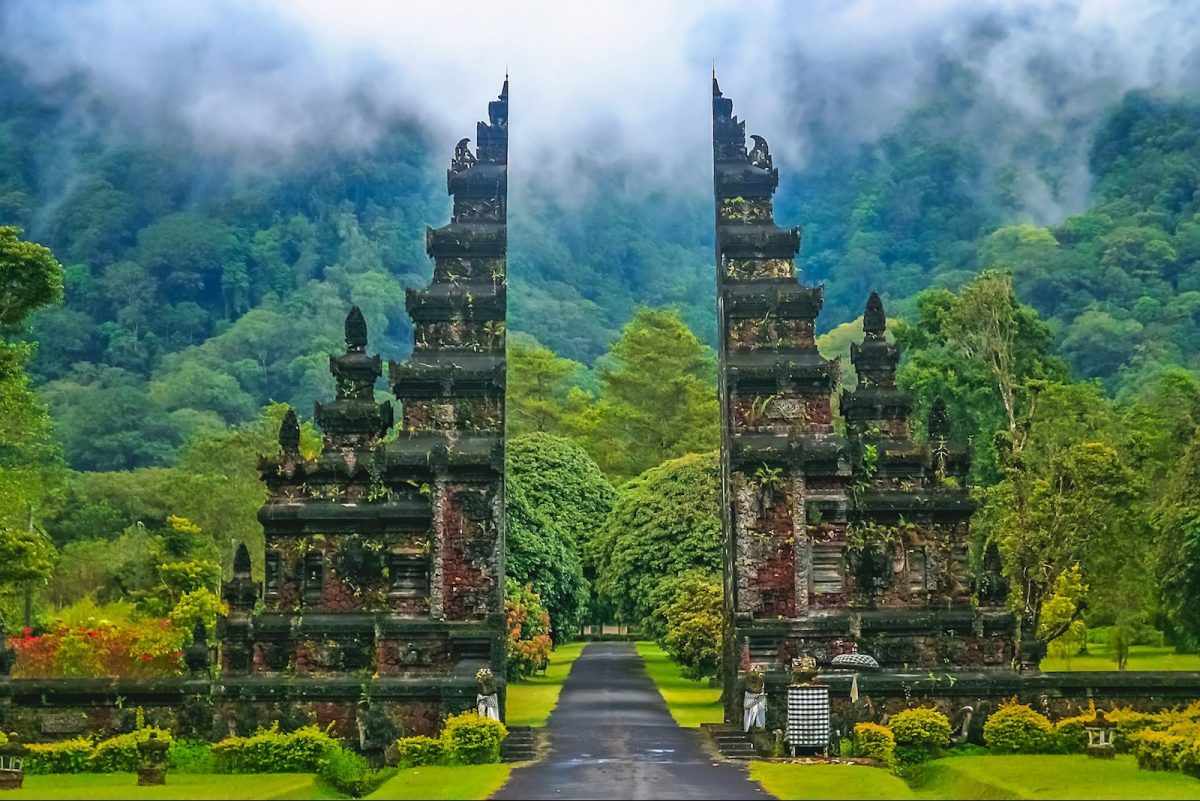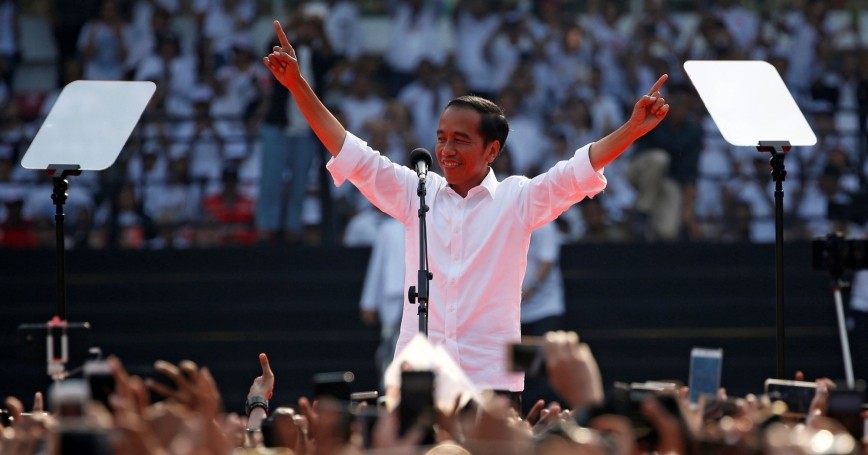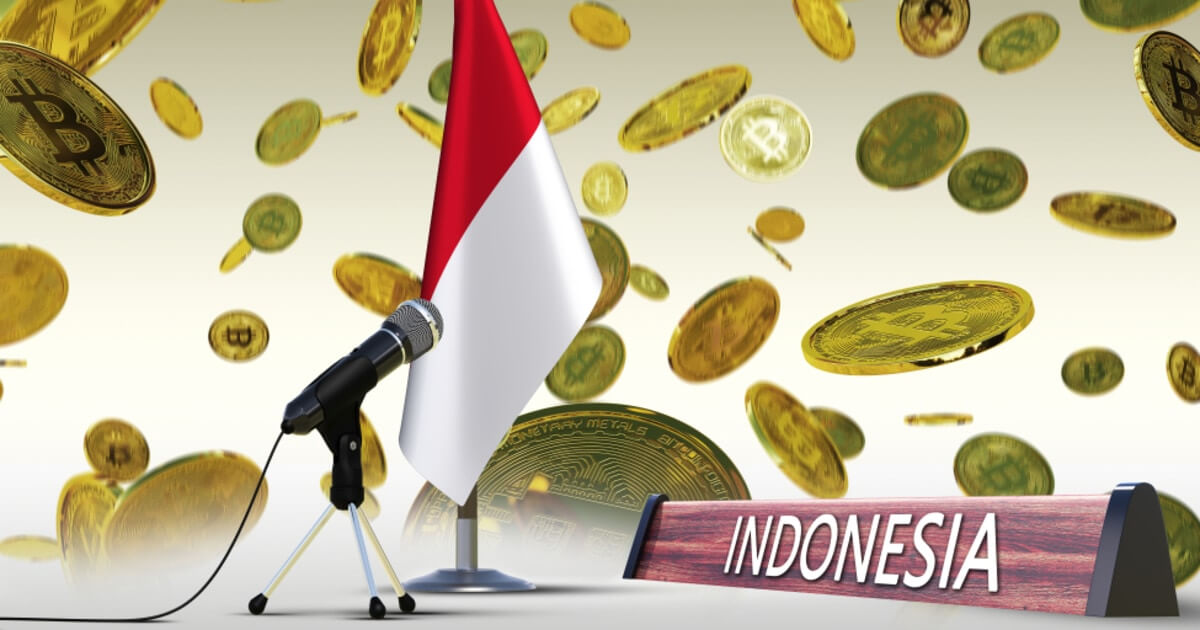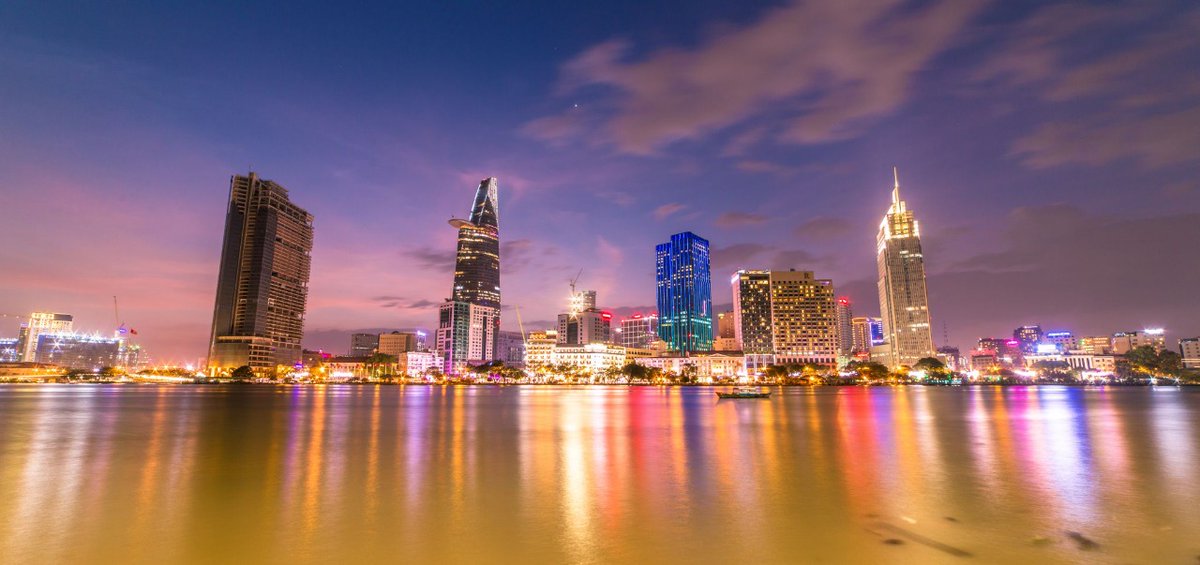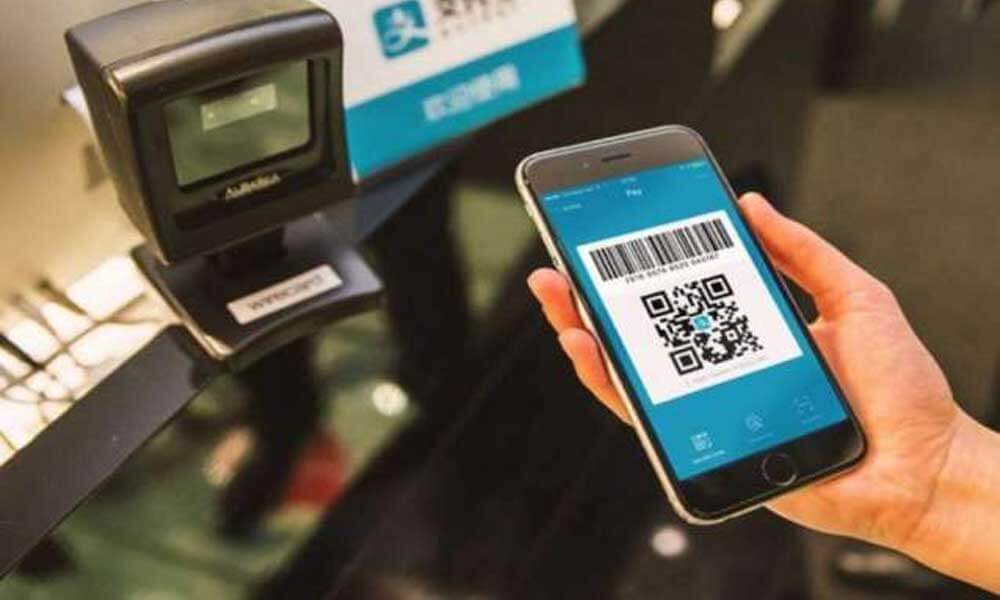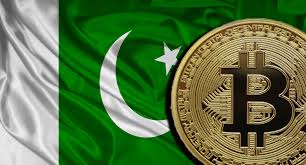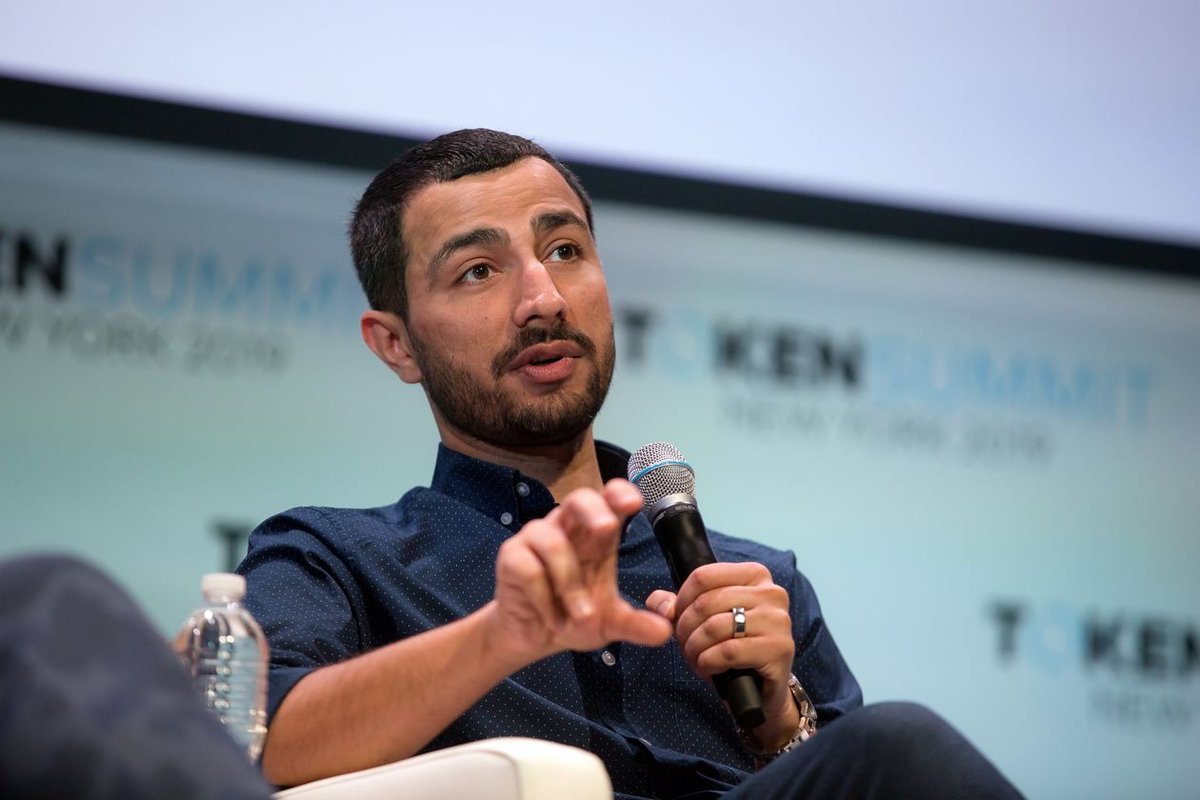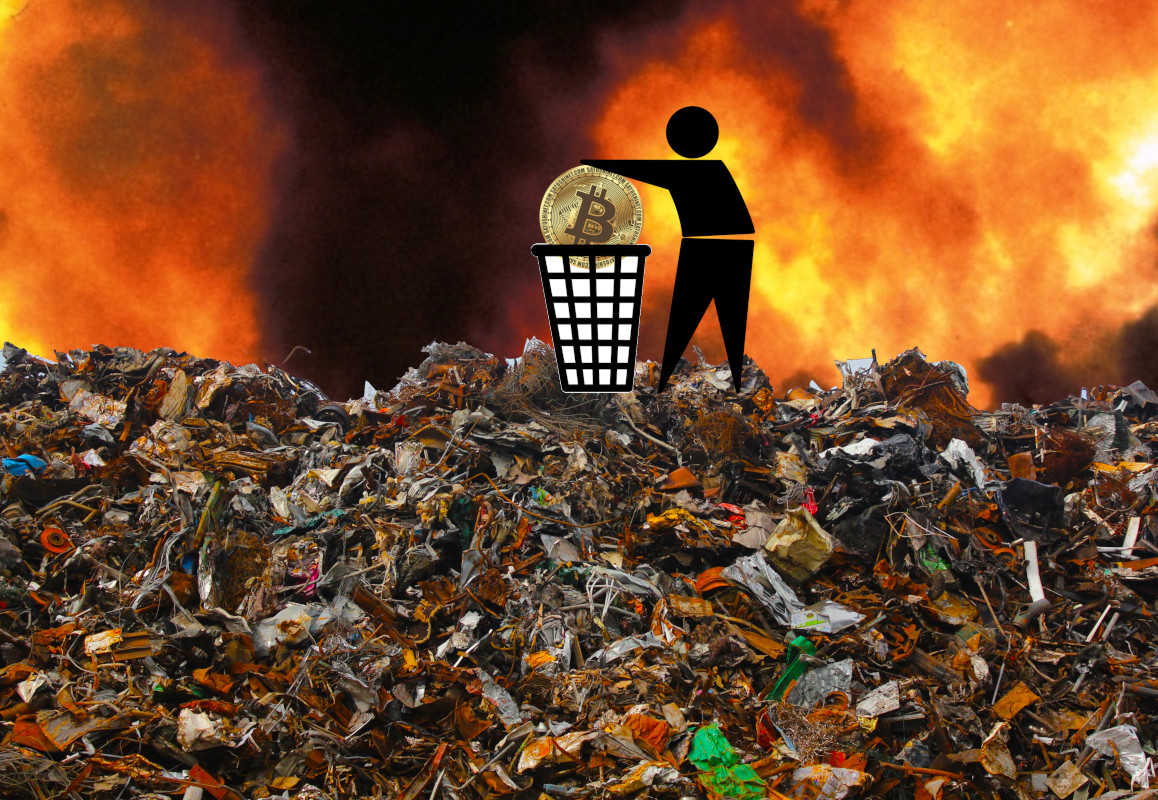2) Thanks to the increased application of blockchain & cryptocurrency in the region.
With a total pop. of 570M, a young demographic & high Internet usage, Southeast Asia (SEA) is promising for companies & investors in blockchain & crypto.
#Blockchain
3) The use of blockchain in SEA has certainly come far ahead from the time when the technology was seen as another speculative commodity or a mere passing fad.
Today, the application of decentralized finance (DeFi) is under the limelight.
4) The region’s fast-growing economies are well-positioned to drive adoption of #blockchain & crypto. As each country competes to stay relevant in today’s digital age & embrace emerging technologies such as blockchain & #cryptocurrency, large-scale adoption is the key to success.
5) Here’s an overview of where the region is headed in terms of blockchain w/ respect to digital financial transactions.
As the financial hub for SEA, Singapore plays a critical role in supporting the region to push it forward technologically & financially.
6) With 490+ fintech firms, Singapore certainly leads when it comes to the adoption of blockchain & crypto in SEA.
The republic is also home to 19 cryptocurrency foundations & 634 global crypto companies such as
@LitecoinDotCom, @wanchain_org, @Neo_Blockchain &
@Tronfoundation.
7) Key factors that have spurred the growth of blockchain and cryptocurrency in Singapore include the regulatory environment and well informed, transparent regulators who are willing to experiment with technology.
8) The country is the most sought after location to launch Initial Exchange Offerings projects for global top exchanges such as Gate.ip,
@latokens, @BittrexGlobal &
@binance. More than US$593M has been raised to date that accounts to >1/3 of funds raised on global IEO platforms.
9) From charitable donations to improving liquidity for smallholder livestock farmers and retail, one sees blockchain playing an emerging role in making payments - a step up from regular credit card or e-wallet payments with the integration of crypto payment modes.
10) Talking about Malaysia, home to global players in the crypto space such as
@coingecko & Etherscan, the country has witnessed an increased level of awareness when it comes to blockchain.
Malaysia has made major strides in cryptocurrency w/
@LunoGlobal operating there.
11) Remittance is another area that has witnessed a significant ⬆️in the adoption of blockchain. Early last year,
@TelenorBankPk joined hands w/
@valyoumalaysia to introduce blockchain-based cross-border remittance service developed by Alipay, targeting the underbanked ppl in PK.
12) The project aims to use blockchain technology to significantly boost the efficiency of remittances b/w Malaysia & PK.
The technology is also playing a major role in helping Malay SMEs to make low-cost, same-day cross-border payments to global suppliers.
13)
@moneymatchapp, a Malaysian FinTech, in partnership w/
@Ripple, helps local businessmen convert their Malaysian ringgits to € at a significantly⬇️rate in a matter of a few hours as an alternative to high transfer fees & FX rates charged by the country’s traditional banks.
14) The Securities Commission Malaysia has played a critical role in pushing #blockchain adoption in the country. With Project Castor SCM has pioneered the application of the tech in capital markets.
Developed using Distributed Ledger Technology (DLT) to serve...
15)...as the underlying infrastructure for unlisted & OTC mkts, Castor preserves the distributed, non-standard nature of such markets.
Also, Malaysia’s Ministry of Edu built an e-Skrol app (using blockchain) to verify degrees for both public & pvt universities in the country.
16) Rising from the political turmoil of 2014 military coup, Thailand has emerged as Southeast Asia’s blockchain hub, spurred on by a govt that has led by example.
The country, now a breeding ground for blockchain entrepreneurs, is home to 26 blockchain startups (as of 2019).
17) It is estimated that 10% of Thais own some form of cryptocurrency, the 2nd highest crypto ownership rate in the world after South Africa’s 10.7%.
The land of blockchain made headway in the crypto world through the launch of its 1st regulated ICO portal, SE Digital that…
18)...launched Thailand’s 1st investment token targeting Thai retail investors, institutional investors, VC firms & private equity funds.
To date, Thailand has 4 approved digital asset exchanges – Bitcoin Exchange Co., Bitkub Online Co, Satang Corporation & Coins TH.
19) And since 2017 Blockchain technology is also used for railway management to increase the accuracy of the railway itinerary by Railway of Thailand and to improve the security of its high-value parcels shipped through its logistics network by Thailand Post.
20) Thailand’s NECTC has developed a blockchain-based voting system for elections to eliminate the need to travel to polling stations & allow citizens to vote through an email.
Upon the completion of voting, the results will be tabulated ‘immediately’ and the data will be sent.
21) to the election controller where candidates can view the results electronically. The result will be prevention from fraud, and saving of time and labour.
In 2019
@etda_thailand initiated a nationwide Digital ID to verify the digital identities of citizens using BC.
22) Distributed Ledger Technology is also incorporated in the agriculture sector to track agricultural produce & monitor the quality of exports.
In terms of cross-border exchange and remittance, there is significant progress as well.
@scb_thailand
23) Now having 16 Cryptocurrency Exchanges approved by Philippines’ central bank
@BangkoSentral, the country has recorded a sharp increase in crypto adoption over the years.
With 7/10 ppl w/o a bank acct, Philippines offers a lucrative opportunity for cryptocurrency to thrive.
24) Coins. ph, a leading cryptocurrency exchange, is one example. Developed in 2014, it has to date acquired >5M users on its platform. The digital wallet & payment app provider allows the nation’s predominantly unbanked population access to financial services.
25) With 15 cryptocurrency exchanges in the pipeline to open up in the next 2 yrs, Indonesia continues to skyrocket in the blockchain space.
In 2019 Indonesian govt announced the creation of legal frameworks in which cryptocurrencies & digital assets will be classified…
26)...as trading commodities after successful use of Blockchain verification in President
@jokowi’s re-election campaign.
The announcement was followed by govt’s multimillion $ partnership w/ Singapore-based BC firm PLMP to improve the logistics industry using the technology.
27) To accelerate the adoption of #blockchain in the country, Tokocrypto became the 1st regulated cryptocurrency exchange approved by Indonesian authorities for the trading of digital assets.
From blockchain-based Islamic financial services to POS, they're ahead in the game.
28) Aiming to⬆️its e-government ranking to be among the top 4 ASEAN countries by 2025, the Vietnamese govt has passed a resolution to develop a complete e-government platform to improve the effectiveness & efficiency of the state’s administrative infrastructure and services.
29) After Saigon Hi-Tech Park Incubation Center signed an agreement w/ CBA ventures from South Korea regarding blockchain support, Ho Chi Minh City authorities announced the development of infrastructure built on BC to power smart cities construction.
30) With “Bakong”, Cambodia has surpassed its Southeast Asian counterparts to become the 1st nation to launch its own digital currency. The Cambodia Blockchain platform will serve as the national payment gateway for the country aiming to unite all players in the fintech ecosystem
31) These examples reflect 1 trend: govt-backed coins & corporate coins will dominate the world of finance in the near future. But with so many initiatives running concurrently in SE Asian countries, what does the future hold for blockchain technology & cryptocurrency in 🇵🇰?
32) In 2018, Telenor Microfinance Bank took the initiative by partnering with Alipay for the transfer of remittances through BC. Although this puts 🇵🇰 in the list of few countries in the world that have launched international remittances using blockchain, it's just a start.
33) If 🇵🇰 has to reap the benefits of #blockchain like the SEA countries, both public & pvt sectors need to step up. Where the large scale adoption by the industrial sector is of high importance, the initiative by the govt to formally launch Pak’s own cryptocurrency is critical.
34) With companies like
@blockstack venturing into Pakistan, the tech landscape of Pakistan is ready to dive into blockchain and cryptocurrency.
ہمارا عزم
آپ کا انٹرنیٹ، آپ کی ملکیت
#OwnYourInternet
